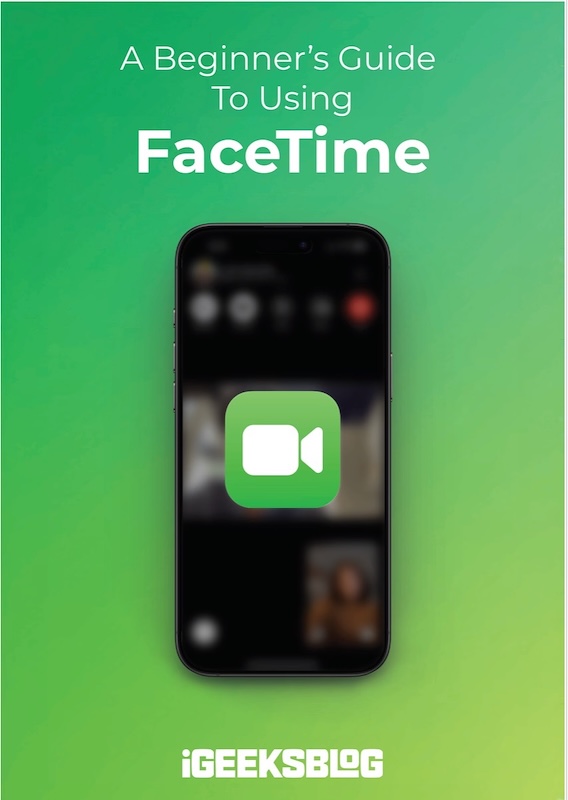
FaceTime Like a Pro
Get our exclusive Ultimate FaceTime Guide 📚 — absolutely FREE when you sign up for our newsletter below.

FaceTime Like a Pro
Get our exclusive Ultimate FaceTime Guide 📚 — absolutely FREE when you sign up for our newsletter below.
Apple may soon revolutionize iPhone photography with a new image sensor that rivals the human eye’s dynamic range and challenges pro cinema cameras.
Apple appears to be working on a next-generation image sensor that could significantly boost iPhone camera performance, possibly reaching dynamic range levels comparable to the human eye. That’s according to a leak shared on Weibo, which suggests a prototype sensor is already under internal testing.
A patent titled “Image Sensor With Stacked Pixels Having High Dynamic Range and Low Noise” was filed by Apple last month. The document outlines a two-layer sensor architecture combining stacked silicon dies, each responsible for a different stage of image capture and processing.
The upper layer the sensor die collects incoming light, while the lower logic die handles real-time image processing, including exposure control and noise suppression. The combination of both layers could deliver up to 20 stops of dynamic range, potentially rivaling or even exceeding current high-end cinema cameras.
For perspective:
Even if Apple’s sensor doesn’t fully hit its projected mark, the improvement could still position future iPhones well above the current mobile camera ceiling.
The sensor die includes a key feature known as the Lateral Overflow Integration Capacitor (LOFIC). This tech enables each pixel to hold varying amounts of light in a single exposure, which helps retain detail in both highlights and shadows a common challenge in mobile photography.
Meanwhile, the logic die integrates memory circuitry within each pixel to measure and cancel thermal noise in real time, effectively minimizing grain before software even touches the image. In theory, this would lead to cleaner, more natural-looking results across difficult lighting environments.
While the patent was just filed last month, the pace of development appears to be moving quickly. The Weibo account ‘Fixed Focus Digital‘ claims Apple already has a working prototype undergoing internal tests. If the timeline holds, this sensor could appear in iPhone 19 or iPhone 20 models, though no official plans have been confirmed.
Still, given the complex transition involved in replacing long-used Sony sensors, Apple may need multiple development cycles to finalize the hardware and production pipelines.
All current iPhone models rely on Sony’s camera sensors, which also use a two-layer design. However, Apple’s proposed architecture introduces new elements and promises a more compact footprint. Building its own sensors could give Apple tighter control over the entire imaging pipeline, aligning with broader moves away from third-party component suppliers as seen in its shift from Intel to Apple Silicon, and its ongoing efforts to reduce reliance on Qualcomm.
If Apple succeeds, this would mark one of the most dramatic hardware leaps in iPhone camera history, potentially closing the gap between smartphone and professional-grade cinematography.
Would Apple designing its own high-dynamic-range sensor change how you view iPhone cameras? Let us know what you’d make of the shift below.